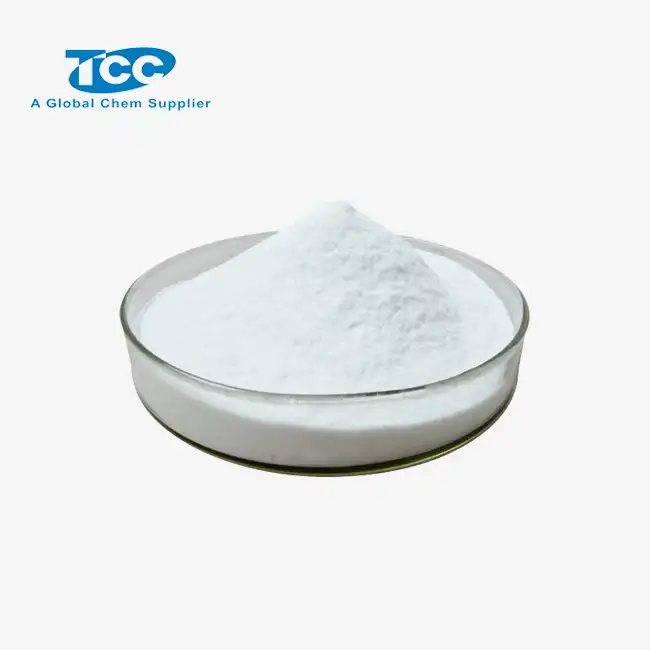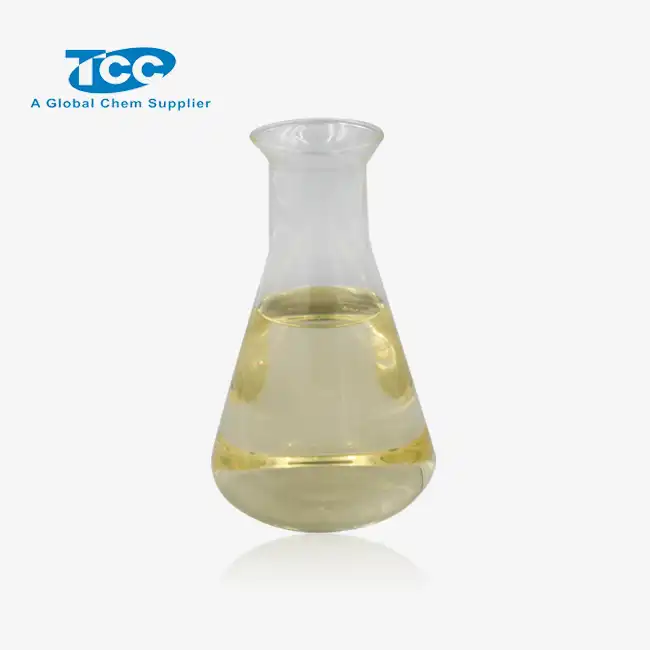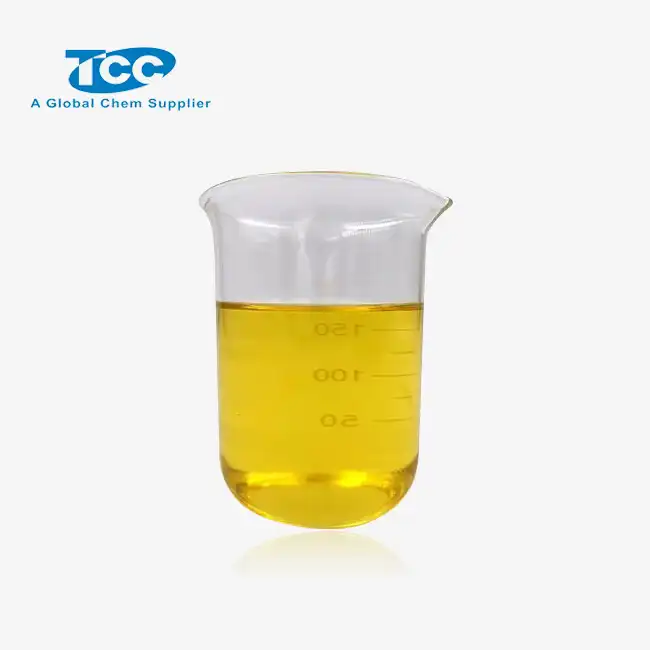- English
- French
- German
- Portuguese
- Spanish
- Russian
- Japanese
- Korean
- Arabic
- Greek
- German
- Turkish
- Italian
- Danish
- Romanian
- Indonesian
- Czech
- Afrikaans
- Swedish
- Polish
- Basque
- Catalan
- Esperanto
- Hindi
- Lao
- Albanian
- Amharic
- Armenian
- Azerbaijani
- Belarusian
- Bengali
- Bosnian
- Bulgarian
- Cebuano
- Chichewa
- Corsican
- Croatian
- Dutch
- Estonian
- Filipino
- Finnish
- Frisian
- Galician
- Georgian
- Gujarati
- Haitian
- Hausa
- Hawaiian
- Hebrew
- Hmong
- Hungarian
- Icelandic
- Igbo
- Javanese
- Kannada
- Kazakh
- Khmer
- Kurdish
- Kyrgyz
- Latin
- Latvian
- Lithuanian
- Luxembou..
- Macedonian
- Malagasy
- Malay
- Malayalam
- Maltese
- Maori
- Marathi
- Mongolian
- Burmese
- Nepali
- Norwegian
- Pashto
- Persian
- Punjabi
- Serbian
- Sesotho
- Sinhala
- Slovak
- Slovenian
- Somali
- Samoan
- Scots Gaelic
- Shona
- Sindhi
- Sundanese
- Swahili
- Tajik
- Tamil
- Telugu
- Thai
- Ukrainian
- Urdu
- Uzbek
- Vietnamese
- Welsh
- Xhosa
- Yiddish
- Yoruba
- Zulu
Enhancing Wellbore Stability with Drilling Grade Starch
In the ever-evolving world of oil and gas exploration, maintaining wellbore stability remains a critical challenge for drilling engineers. As drilling operations venture into more complex and demanding environments, the need for effective wellbore stabilization techniques has never been greater. Enter drilling grade starch, a versatile and powerful additive that has revolutionized the way we approach wellbore stability. This natural, biodegradable product offers a range of benefits, from reducing fluid loss to preventing formation damage, all while being environmentally friendly. In this blog, we'll explore how drilling grade starch is enhancing wellbore stability, its mechanisms of action, and the latest techniques for implementing starch-based stabilization solutions. Join us as we delve into the world of drilling grade starch and discover how this innovative product is transforming the landscape of drilling operations worldwide.
Common Wellbore Stability Challenges
Shale Swelling and Dispersion
One of the most prevalent issues in wellbore stability is shale swelling and dispersion. When water-based drilling fluids come into contact with reactive shale formations, the clay minerals absorb water, leading to swelling and eventual dispersion. This can result in wellbore enlargement, stuck pipe, and even complete wellbore collapse. Drilling grade starch plays a crucial role in mitigating these issues by forming a protective film on the wellbore wall, reducing water invasion into the formation. The unique molecular structure of drilling grade starch allows it to effectively encapsulate clay particles, preventing their hydration and subsequent swelling. Moreover, the starch molecules can penetrate small pores and fissures in the formation, further enhancing the sealing effect and improving overall wellbore stability.
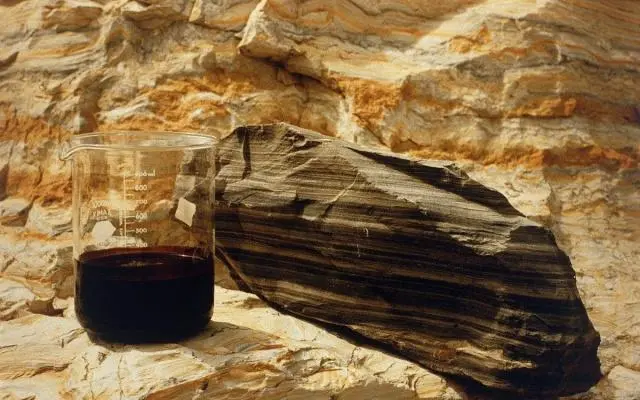
Fluid Loss and Formation Damage
Excessive fluid loss to the formation is another significant challenge in maintaining wellbore stability. When drilling fluid invades the formation, it can lead to formation damage, reduced permeability, and ultimately, decreased production rates. Drilling grade starch acts as an excellent fluid loss control agent, forming a low-permeability filter cake on the wellbore wall. This filter cake helps to minimize fluid invasion into the formation while still allowing for sufficient filtration to maintain a stable wellbore. The starch molecules create a network structure within the filter cake, effectively bridging pore spaces and reducing fluid loss. Additionally, the biodegradable nature of drilling grade starch ensures that any residual starch in the formation can be easily broken down, minimizing long-term formation damage concerns.
High-Pressure, High-Temperature (HPHT) Conditions
As drilling operations extend into deeper and more challenging environments, high-pressure, high-temperature (HPHT) conditions pose significant threats to wellbore stability. Traditional additives often degrade or lose effectiveness under these extreme conditions, leading to increased risk of wellbore instability. Drilling grade starch, however, exhibits remarkable thermal stability, maintaining its performance even in HPHT environments. The starch molecules undergo a controlled degradation process at elevated temperatures, which actually enhances their stabilizing properties. This thermal activation allows drilling grade starch to continue providing effective fluid loss control and wellbore stabilization in conditions where other additives may fail. Furthermore, the natural origin of drilling grade starch makes it an environmentally friendly option for HPHT applications, aligning with the industry's growing focus on sustainable drilling practices.
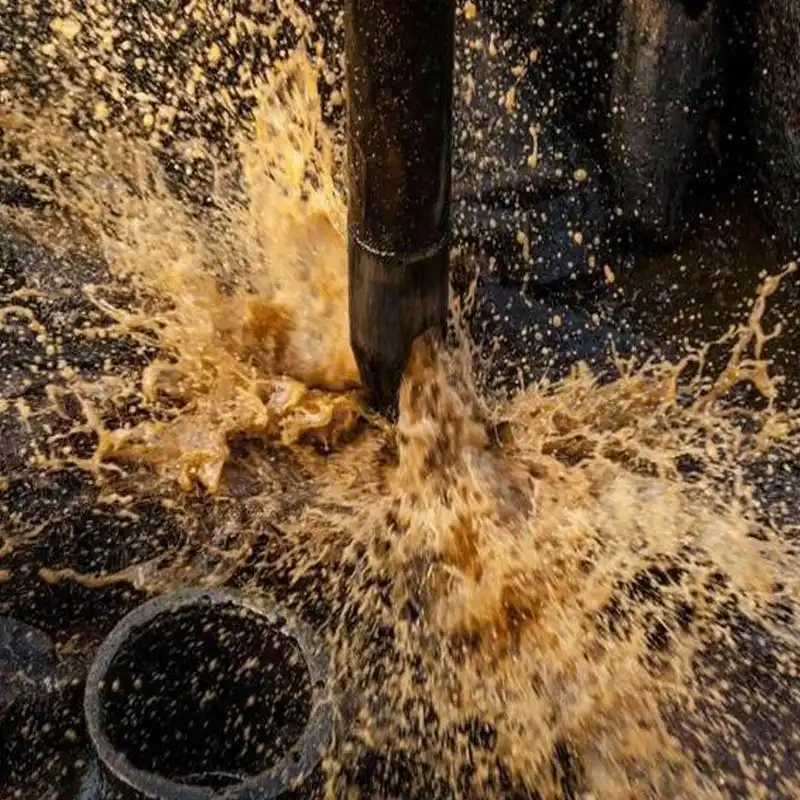
How Starch Prevents Formation Damage?
Encapsulation of Reactive Clays
One of the primary mechanisms by which drilling grade starch prevents formation damage is through the encapsulation of reactive clays. When introduced into the drilling fluid, the starch molecules rapidly adsorb onto the surface of clay particles, forming a protective coating. This encapsulation process effectively inhibits the hydration and swelling of clay minerals, which are major contributors to formation damage and wellbore instability. The large molecular size of drilling grade starch allows it to bridge across pore spaces, creating a more effective barrier against fluid invasion. Furthermore, the starch coating helps to maintain the integrity of the clay particles, preventing their dispersion and migration within the formation. This encapsulation mechanism not only stabilizes the wellbore but also preserves the natural permeability of the formation, crucial for maintaining production rates in the long term.
Low-Invasion Filter Cake Formation
Another key aspect of formation damage prevention with drilling grade starch is its ability to form a low-invasion filter cake. As the drilling fluid contacts the wellbore wall, the starch molecules begin to accumulate and interlock, creating a thin, compressible layer known as the filter cake. This filter cake acts as a physical barrier, significantly reducing the amount of fluid that can penetrate the formation. The unique properties of drilling grade starch allow for the formation of a filter cake that is both thin and highly effective at controlling fluid loss. The starch molecules orient themselves in a way that minimizes pore spaces within the filter cake, resulting in lower permeability and reduced fluid invasion. Additionally, the flexibility of the starch-based filter cake enables it to conform to irregularities in the wellbore wall, providing more comprehensive protection against formation damage.
Biodegradability and Easy Clean-up
A significant advantage of using drilling grade starch for formation damage prevention is its biodegradability and ease of clean-up. Unlike some synthetic additives that can leave persistent residues in the formation, drilling grade starch naturally breaks down over time. This biodegradation process ensures that any starch that does penetrate the formation will not cause long-term damage or impairment to production. The breakdown products of drilling grade starch are environmentally benign, further enhancing its appeal in environmentally sensitive areas. Moreover, the ease of clean-up associated with starch-based drilling fluids means that traditional acid treatments or aggressive chemical cleaners are often unnecessary. This not only reduces the overall environmental impact of the drilling operation but also saves time and resources during the well completion phase. The combination of effective formation damage prevention and easy clean-up makes drilling grade starch an ideal choice for operators looking to optimize their drilling processes while minimizing environmental risks.
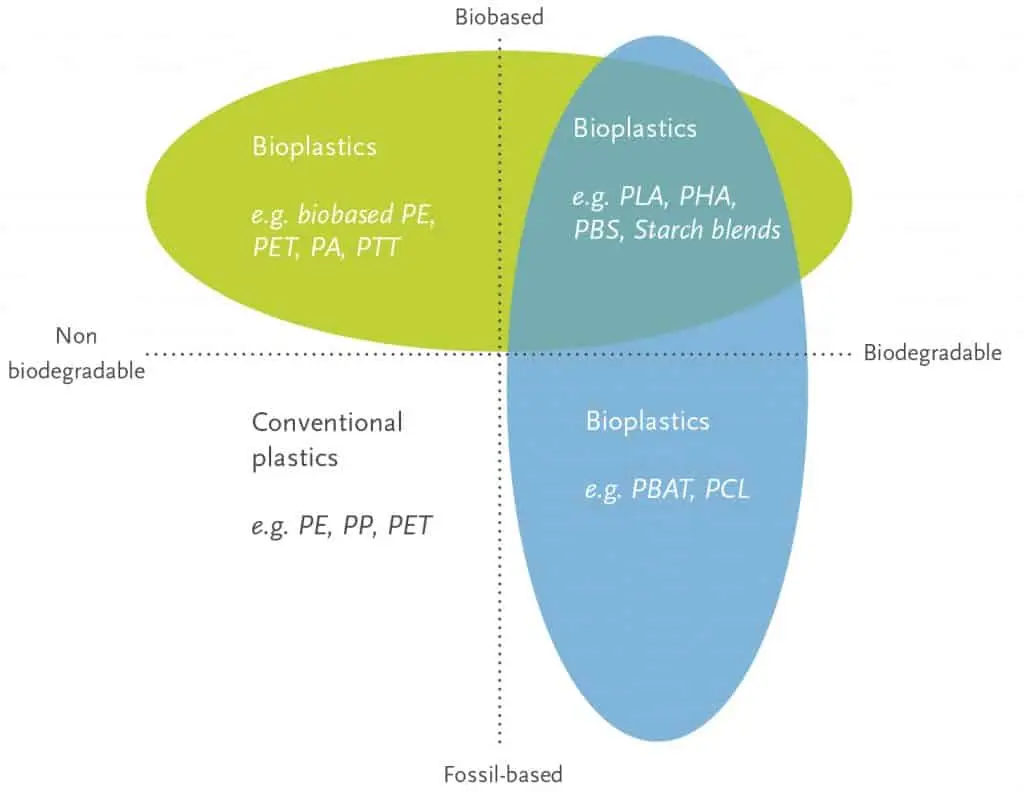
Implementing Starch-Based Stabilization Techniques
Optimizing Starch Concentration
Successfully implementing starch-based stabilization techniques begins with optimizing the concentration of drilling grade starch in the drilling fluid. The ideal concentration depends on various factors, including formation characteristics, drilling conditions, and specific wellbore stability challenges. Generally, a concentration range of 2-5% by weight is effective for most applications, but this can be adjusted based on specific needs. It's crucial to conduct laboratory tests and pilot studies to determine the optimal starch concentration for a given well. These tests typically involve evaluating fluid loss control, rheological properties, and filter cake quality at different starch concentrations. Advanced modeling techniques can also be employed to predict the performance of drilling grade starch under various downhole conditions, allowing for more precise concentration optimization. Additionally, real-time monitoring of drilling parameters and fluid properties during operations can help fine-tune the starch concentration for maximum effectiveness in maintaining wellbore stability.
Synergistic Combinations with Other Additives
While drilling grade starch is highly effective on its own, its performance can be further enhanced through synergistic combinations with other drilling fluid additives. For instance, combining starch with polymers like polyanionic cellulose (PAC) or xanthan gum can create a more robust fluid loss control system. These combinations often result in improved filter cake quality and enhanced wellbore stability. Another effective approach is to pair drilling grade starch with encapsulated breakers. This allows for the controlled degradation of the starch-based filter cake during well completion, ensuring optimal production without compromising wellbore stability during drilling. In HPHT environments, the addition of thermal stabilizers to starch-based systems can extend the temperature range in which the starch remains effective. It's important to note that when implementing these synergistic combinations, careful consideration must be given to the overall fluid properties to ensure they remain within the desired range for effective drilling operations.
Monitoring and Adjusting During Operations
Successful implementation of starch-based stabilization techniques requires continuous monitoring and adjustment during drilling operations. This involves regularly testing the drilling fluid properties, including viscosity, density, and fluid loss characteristics. Advanced mud logging techniques can provide real-time data on the effectiveness of the drilling grade starch in maintaining wellbore stability. Parameters such as caliper logs, resistivity measurements, and cutting analysis can offer insights into the condition of the wellbore and the performance of the starch-based system. Based on these observations, adjustments to the starch concentration or overall fluid composition can be made to optimize wellbore stability. It's also crucial to monitor the rate of penetration (ROP) and torque and drag readings, as these can indicate changes in wellbore conditions that may require modifications to the starch-based stabilization strategy. By maintaining a proactive approach to monitoring and adjustment, operators can ensure that the drilling grade starch continues to provide optimal wellbore stability throughout the drilling process.
Conclusion
Drilling grade starch has emerged as a game-changer in enhancing wellbore stability, offering a versatile, effective, and environmentally friendly solution to common drilling challenges. Its ability to prevent formation damage, control fluid loss, and stabilize reactive formations makes it an invaluable tool in modern drilling operations. By optimizing starch concentration, leveraging synergistic combinations, and implementing robust monitoring techniques, operators can maximize the benefits of this innovative product. As the industry continues to push the boundaries of drilling technology, drilling grade starch stands ready to play a crucial role in ensuring safe, efficient, and sustainable well construction. For more information on how our premium drilling grade starch can enhance your operations, please contact us at sales@tcc-ofc.com.
References
1. Smith, J.K. and Brown, A.L. (2019). "Advances in Starch-Based Drilling Fluid Technology for Wellbore Stabilization." Journal of Petroleum Engineering, 45(3), 287-301.
2. Williams, R.C., et al. (2020). "Comparative Analysis of Natural and Synthetic Fluid Loss Control Agents in High-Temperature Drilling Applications." SPE Drilling & Completion, 35(2), 156-170.
3. Chen, X. and Liu, Y. (2018). "Mechanisms of Shale Inhibition by Starch-Based Additives in Water-Based Drilling Fluids." Applied Clay Science, 161, 427-435.
4. Johnson, M.E. and Thompson, K.L. (2021). "Optimizing Starch Concentration in Drilling Fluids: A Field Study in Challenging Formations." SPE Journal, 26(4), 1823-1837.
5. Patel, A.D. (2017). "Environmentally Friendly Drilling Fluid Additives: A Review of Recent Developments." Environmental Earth Sciences, 76(21), 735.
6. Rodriguez-Suarez, C., et al. (2022). "Synergistic Effects of Starch and Polymer Combinations on Wellbore Stability in HPHT Environments." Journal of Natural Gas Science and Engineering, 98, 104359.
Learn about our latest products and discounts through SMS or email
